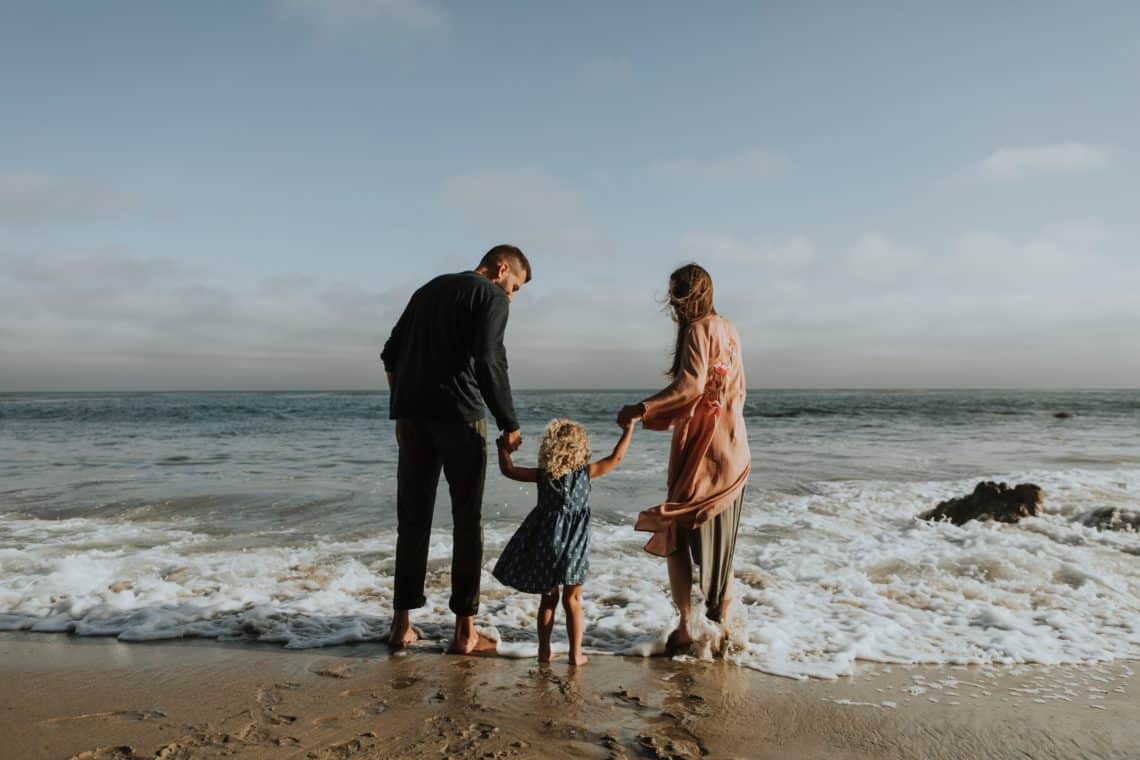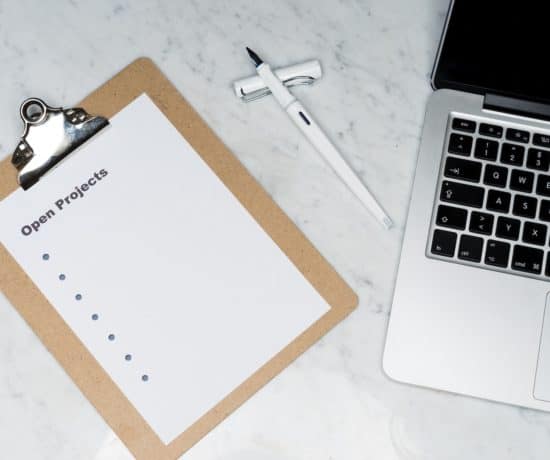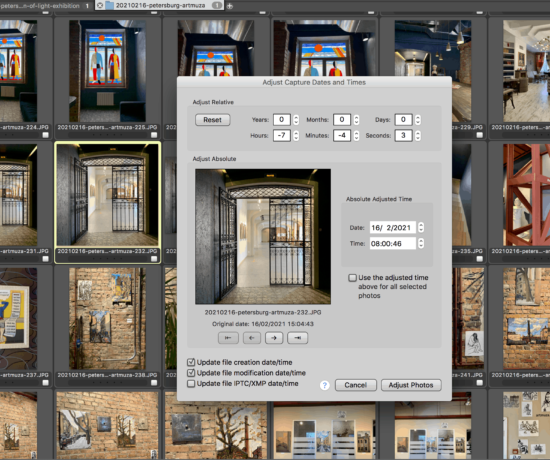We all know that digitizing your memories is the best way to preserve them longterm and to prevent deterioration. Here is Smooth Photo Scanning‘s Brandon Harris with an overview of the process and why it matters! For more information on how to handle your outdated media, be sure to look at this article! Enjoy!
Digital Technology = Opportunity
The wonders of modern digital technology have opened unparalleled avenues and frontiers for humanity. Gone are the days when in order to experience a token of the past days, you had to visit museums and other places in person or make time capsules. Today, the present can be easily captured and stored for future generations to enjoy. But why is it important to preserve the past? Well, whether it is the past of country, a culture or even your own family, it is the method by which the historians of tomorrow will know about our lives today. If not historians, then at least your future generations will get to know you and your stories better. No matter how mundane or small any event or picture may seem, it will play a part in telling a richly detailed story of the life you are living today!
Advantages of Digitizing Your Family Archives
Whether it is for personal or social purposes, digitizing your family archives is a worthy and noble endeavor. It presents several advantages. Let’s take a look at them:
Accessibility
As people become older, they are often confined to geographic locations as traveling extensively becomes harder for them. With digitizing the family archives, siblings and family members – no matter where they may be – can easily be a part of your daily life without taking the trip in person. Accessibility to one’s family history and genealogy becomes easier and more accessible.
Preservation
A major benefit of digitizing family archives is that it preserves your family history. As compared to the real physical versions of photos or heirlooms from yesterday, digitizing, using modern technology, preserves anything you want in a better way. And we are not talking about just photos and pictures! Modern technology like 3D scanners and printers allows us to scan and store models of precious family heirlooms. These can be printed later in the future, any time you want. If by chance, some picture or family heirloom is lost or damaged, you can easily recreate it!
Touching Up
In the case of pictures and photographs, most modern digitization methods often have programs and procedures which can remove the effects of aging and deterioration of the picture quality. This can yield clearer and crisper images than even the original physical versions.
Ease of Multi-Use
Digitizing old family photos and archives provides data in a much tangible format. This makes it possible to use the information in a variety of ways for multiple purposes. It is a fact that you cannot do much with old pictures and documents since they might get damaged. However, digitization means you can use them in any way and for whatever purpose you desire. For example, you can make a calendar, photo book or even a diary cover using your favorite family photos.

I’m a Perfect Pinnable!
The Process of Digitizing Memories
So, with the benefits and advantages of digitizing your family archives firmly established, where do we next go from there? What ways are present to digitize and capture old family archives, pictures, and memorabilia? There is only one main way – to scan (or photograph) them into electronic picture formats. However, before you can do that, you need to collect and curate what is sure to be a very large and extensive collection of photos and documents.
Here are the steps you can follow to gather archives in one place:
1. Collect the Memories
Before you can have an online family archive, you first need to source it. Therefore, try and collect as many photos or documents about your family history as possibly can. Start from your own house first. Doing so will not only serve as a small sample of the larger project but it will also present final results which are likely to gain confidence from your relatives and family. As a result, they will be more willing to lend their precious photos, heirlooms, and artifacts in your care.
2. Sort the Memories
Once you have everything you want to archive, you need to sort them out. This is a very vital and important step. And it won’t be easy! It will be time-consuming, yes, but proper cataloging is necessary to make sense of everything. Try and apply labels or any other sort of categorization which may help you in making sense of the vast amounts of photos, documents, and other such archival material at your hand. Throughout this process, you will undoubtedly pick and select the things that are worth digitizing. You can let go of the rest. Think about which pieces will best serve your overall goals of digitization and don’t include inconsequential documents.
3. Scan the Memories
Once you have finally selected the items you want to digitize, you will need to photograph them (in case of physical heirlooms) or get them scanned for pictures and documents. Usually, this is something you can easily do yourself but if this is your first time around then it is recommended you acquire the services of a photo scanning service or slide scanning service. They are professional outlets which have experience of scanning and digitizing materials in bulk. They will also be able to apply various touch-ups and fix-up procedures which can enhance the quality of the final result. Not to mention, they usually have the latest and most advanced equipment to scan pictures and documents at the highest resolution to give the best clarity and picture quality.
Digitizing Memories is Worth the Effort
As you can clearly see, digitizing family archives presents distinct benefits and is something which should be readily pursued before those items are lost forever. Also, keep in mind that getting scanning done by professional outlets is the best and fastest way of digitizing your family archives. So, what are you waiting for? Head out to your nearest photo scanner today. You won’t regret it!





